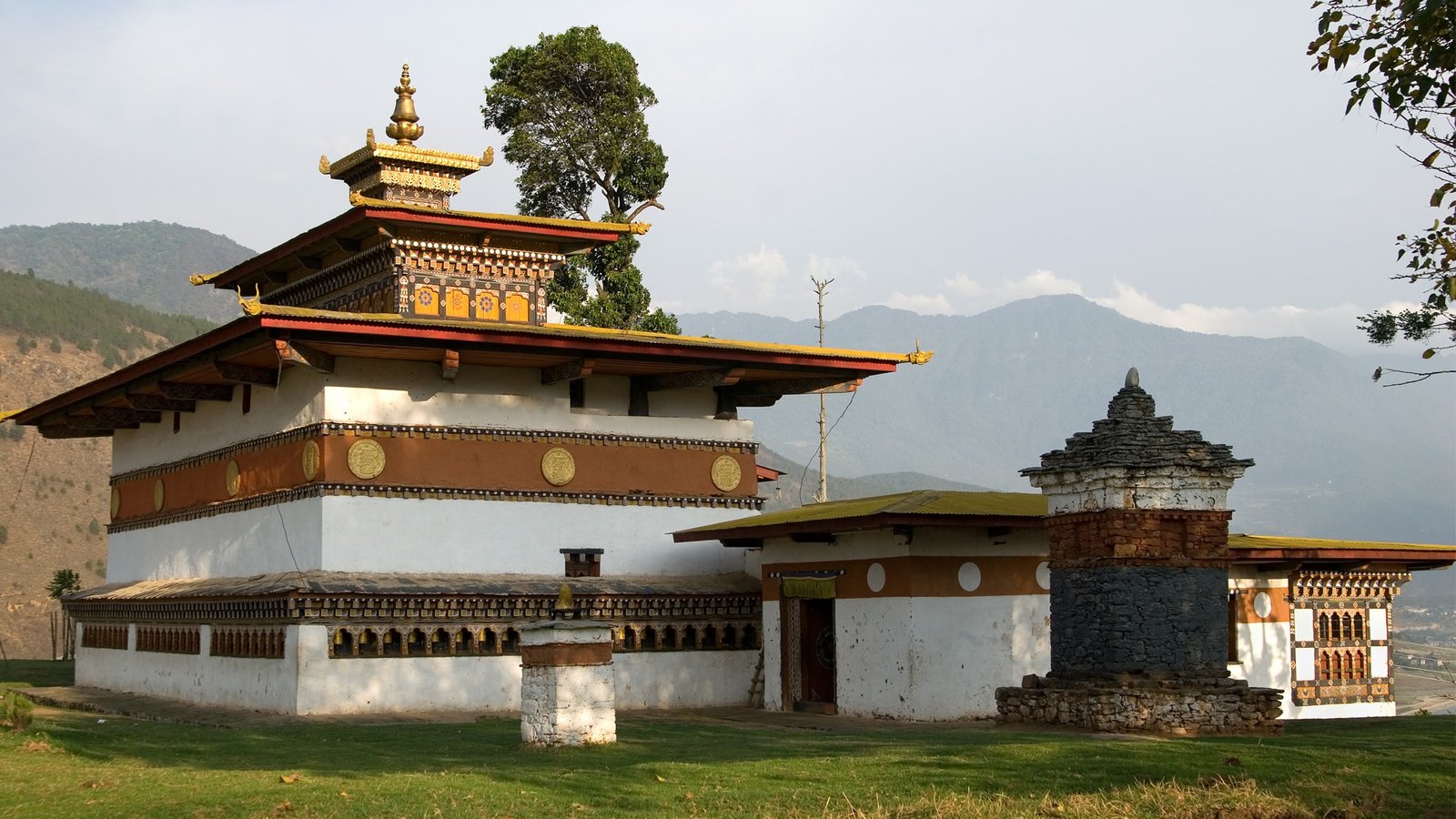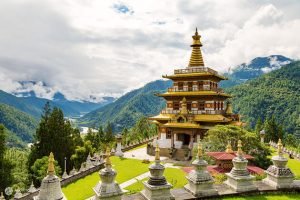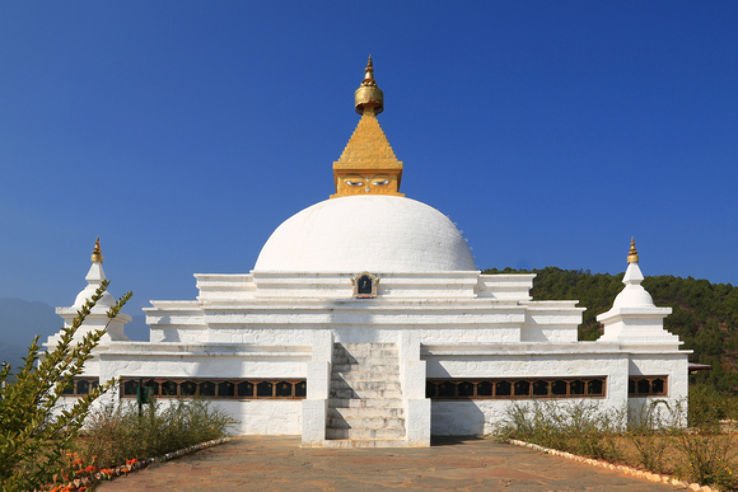A beautiful valley where the "male" and "female" rivers meet, known for its magnificent dzong and peaceful rice fields.
Punakha holds a special place in Bhutanese history as the ancient capital and winter residence of the country's chief abbot. Located at a lower altitude than Thimphu, it enjoys a pleasant, mild climate. The valley is famously situated at the confluence of two major rivers, the Pho Chhu (male) and Mo Chhu (female), which converge beautifully at the base of the majestic Punakha Dzong. The region is known as the "rice bowl of Bhutan" due to its lush terraced rice fields.

Also known as "The Palace of Great Happiness," this fortress is arguably the most beautiful in Bhutan. Built in 1637, it sits at the confluence of the Pho Chhu and Mo Chhu rivers, making for a truly stunning sight, especially with the blooming jacaranda trees in spring.

This charming temple is dedicated to Drukpa Kunley, the "Divine Madman." It is a pilgrimage site for childless couples seeking blessings and is known for its unique phallic symbols painted on houses and carvings found inside.

One of the longest suspension bridges in Bhutan, this footbridge stretches across the Pho Chhu river. It is adorned with prayer flags and offers a thrilling walk with breathtaking views of the river and valley.

Perched on a hill with a commanding view of the valley, this chorten was built by the Queen Mother for the peace of the world. The scenic hike to the temple offers beautiful views of the Punakha Valley and rice fields.

This beautiful nunnery stands on a ridge, offering panoramic views of the Punakha and Wangdue valleys. It is a peaceful retreat where nuns study Buddhist philosophy and practices.

For adventure seekers, the Pho Chhu and Mo Chhu rivers offer an exhilarating white water rafting experience. The scenic journey takes you past stunning riverside landscapes and villages.